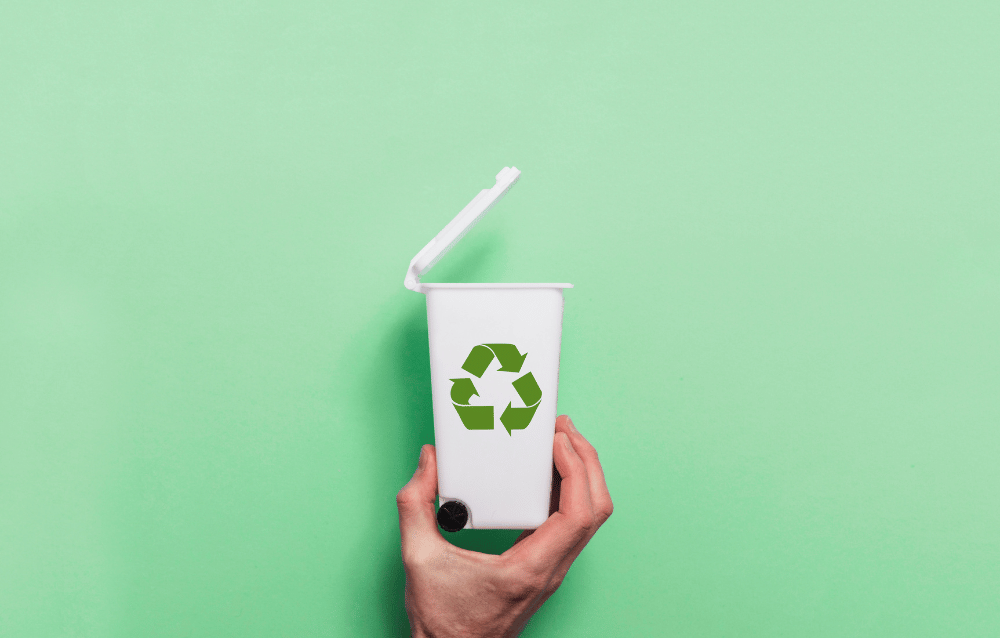Trends & Innovations Defining the Future of Sustainable Medical Packaging
Medical
March 22, 2023Reading time: 2 minutes

Traditionally, medical packaging was designed to function in the open-use-dispose dynamic of healthcare settings. Safety and performance were — and remain — primary packaging goals.
However, as society continues to move toward a circular economy, medical packaging has come under scrutiny. Medical packaging is seen as both a contributor to the net 4.4% global greenhouse gas emissions generated by the healthcare industry1 and as a potential change agent.
Sustainable medical packaging is evolving, but in a highly regulated industry meeting needs and expectations isn’t quite as simple as following the current trends. Medical device manufacturers and packaging professionals must balance safety and sustainability.
What’s on-trend in medical packaging design & materials
It’s estimated that about 25% of hospital waste is plastic.2 The statistic speaks to the industry’s reliance on plastic for protective solutions for medical devices and packaging. It also underscores the need for a push toward sustainability.
Not surprisingly, recent medical packaging trends focus on sustainability through design and materials.
Medical packaging design trends
- Simplification. More packaging doesn’t always equate to more protection. Packaging design strategies are focusing on necessities for safety and protection, and seeking alternatives that accomplish more with less
- Right-sizing. Package size accuracy provides maximum product protection with minimal waste. Eliminating excess material during packaging design streamlines production and reduces the carbon footprint
Medical packaging materials trends
- Monomaterials. Packaging comprised of a single material that may enable localized recycling scenarios
- Recycle-ready packaging. Packaging materials that can repeatedly move through recycling streams instead of being removed as waste target carbon footprint reduction. Popular materials for recycle-ready packaging are polyethylene terephthalate (PET) and high density polyethylene (HDPE)
- Recycled content: post-consumer (PCR) and post-industrial (PIR). There is currently some initial exploration into advanced recycled material generated by consumers (PCR) or from within an industry (PIR), and how it could potentially lessen the eco-impact of packaging to promote sustainability
Legislation, regulations & the future of sustainability
Sustainable packaging trends point to a promising future for medical applications. However, regulatory compliance and safety present some hurdles.
Governing authorities in the United States and Europe — the Food and Drug Administration (FDA) and the European Union’s medical Device Regulation (MDR), respectively — aren’t fully aligned on sustainable packaging requirements and definitions.3
However, the organizations are working together and collaborating with major packaging suppliers around the world to achieve ambitious near-term global packaging sustainability commitments.
In the meantime, world-leading packaging suppliers are leaning into sustainable innovations that promote a circular economy.
Recycle-ready solutions for sustainable medical packaging
Amcor has developed recycle-ready solutions for protecting the lightest swab or heaviest medical device by adapting the proven line to meet sustainability goals. The results have been nothing short of amazing, producing a recycle-ready nylon-based split layer forming film!
Recycle-ready SureForm Pro ICE® Forming Films don’t deviate from industry standards in terms of material performance or machine and equipment runnability. In fact, the films’ excellent abrasion resistance translates to some significant gains for sustainability, specifically:
- Up to a 40% reduction in plastic usage by weight compared to standard forming films4
- Up to a 54% reduction in carbon footprint when accounting for recyclability1
But the benefits and contributions to more sustainable packaging don’t stop there. Recycle-ready SureForm Pro ICE® Forming Films:
- Passed APR’s Critical Guidance testing protocol for the polyethylene film stream, meaning the materials are compatible with this recycle stream in North America
- Carry Institute cyclos-HTP recyclability certification — the first PE-based forming film backed by a third-party recyclability certificate
By passing these testing protocols, SureForm Pro ICE® Forming Films are compatible with packaging infrastructures.
Understanding how sustainability plays a role in the future of healthcare is critical, as eco-consciousness is a primary focus for both industries and consumers around the world. Learn what’s happening globally and Amcor’s contributions to recycle-ready packaging solutions by contacting our healthcare packaging team today.
SOURCES
1Health Care Without Harm/ARUP, Health Care’s Climate Footprint, September 2019
2Inside Packaging, How to balance sustainability with safety in medical packaging, Undated
3MDDI Online, Sustainability Drives the Medical Device Packaging Industry in 2023, February 16, 2023
4Amcor North America, Amcor Healthcare SureForm Pro Forming Films are Recycle-Ready, November 22, 2022
